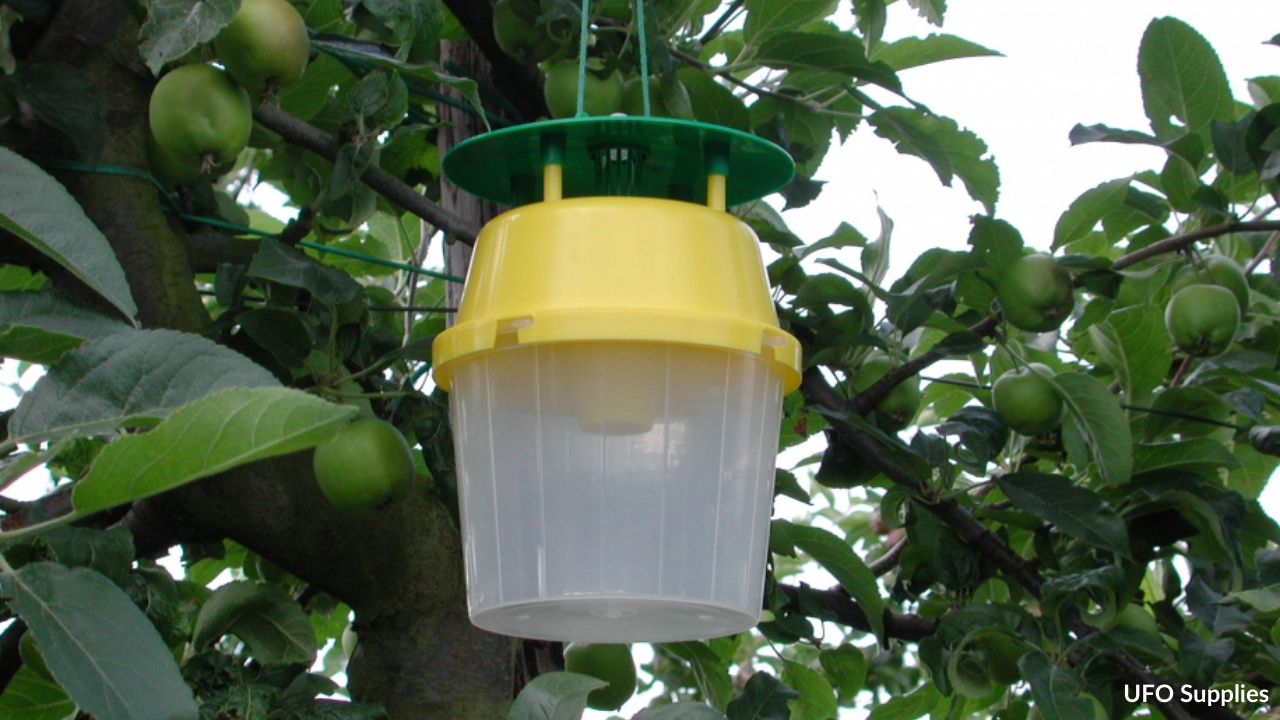
Identifying Land-Use and Climate Variables Impacting Bumble Bees in Utah
Wild and managed bees play pivotal roles in maintaining agricultural productivity and wild plant communities by pollinating flowering plants. Bumble bees, for example, increase agricultural productivity of crops grown in greenhouses, which are not typically pollinated by managed bee species such as honey bees. Bumble bees benefit producers by reducing production costs and increasing crop quality and yield, particularly for crops that are predominantly hand-pollinated. Bumble bee communities thrive in semi-natural and diverse habitats which provide a variety of nesting and floral resources.
Unfortunately, bumble bee populations are negatively impacted by humancaused disturbances, such as urbanization, agricultural intensification, and climate change. Specifically, impervious surfaces such as roads and buildings reduce nesting sites and monoculture farming reduces floral resources. Weather patterns impact bumble bee phenology (timing of life history events), distribution, and resilience. As the climate changes, more bumble bee species are being found at higher elevations. This is problematic given the limited resources in these environments and the possibility that bee activity and flowering will not overlap. Bumble bee species that are climate-sensitive, living in fragmented or low-elevation habitats, or are already at their upper elevation limit, have an increased likelihood of local extinction as suitable habitats disappear.
In Utah, bumble bees are impacted by urbanization around agricultural lands, loss of agricultural lands to development, and a hotter and drier climate, trends that will likely continue in the coming decades. Identifying land-use and climate conditions that influence bumble bee species in Utah could help land managers, researchers, and other interested parties develop more effective and targeted strategies to increase resiliency of bumble bee populations in changing environments.
Morgan Christman and team (USU Biology) researched bumble bee abundance and diversity based on land use and weather variables in Utah agroecosystems. The research team utilized data from bucket traps that were set at the edge of corn and alfalfa fields located in either rural or urbanized areas in Cache, Box Elder, Weber, Utah, and Millard counties. From 2014 to 2018, the team recorded a total of 3,522 bumble bees representing 15 species. The most common species were:
- Golden northern bumble bee, Bombus fervidus
- Hunt’s bumble bee, Bombus huntii
- Red-belted bumble bee, Bombus rufocinctus
- Central bumble bee, Bombus centralis
- Brown-belted bumble bee, Bombus griseocollis
The research team found bumble bee species abundance and diversity was highest in the rural agricultural fields with low temperatures and high relative humidity during the growing season, and lowest in the urbanized agricultural fields with high temperatures and low relative humidity. However, differences in bumble bee species among sites suggest that all corn and alfalfa fields from this study have high conservation value for bumble bee communities. Therefore, management practices to promote bees should be focused in both rural and urbanized agricultural areas to foster future resiliency of bumble bee populations in the face of humancaused disturbances.
Land managers interested in promoting bee abundance and diversity are encouraged to integrate practices that reduce pesticide poisoning of bees, diversify agricultural areas, and increase floral resources and nesting sites. Specifically, pesticides that are non-toxic to bees should be selected and applied following the “Bee Advisory Box” on the label, which provides steps to minimize exposure of pesticides to bees while they are foraging. Planting water-wise native plants such as western prairie clover, Russian sage, and yarrow within gardens and yards diversifies the landscape while providing bees with nectar and pollen, which is needed to feed themselves and their offspring. To provide suitable nesting sites, consider keeping some small patches of well-drained, bare soil surfaces. Additionally, avoiding overhead irrigation during the daylight hours, reducing the use of weed-barrier fabric, and using mulch sparingly can provide more suitable habitats for bees.
• Morgan Christman, Utah State University Biology Graduate PhD Student
• Lori Spears, Utah Sate University Extension Entomologist
• Ricardo Ramirez, Utah State University Extension Entomologist
(From Fall 2021 Utah Pests Newsletter)
For more information:
Cane, J.H. (2015). Gardening and landscaping practices for nesting native bees. [Fact Sheet] Utah State University Extension.
Cane J.H. & Kervin, L. (2013). Gardening for native bees in Utah and beyond. [Fact Sheet] Utah State University Extension.
Deer, H. & Beard, R. (2006). Reducing pesticide poisoning of bees. [Fact Sheet] Utah State University Extension.
Environmental Protection Agency. (2013). The new EPA bee advisory box: On EPA’s new and strengthened pesticide label. Environmental Protection Agency.

